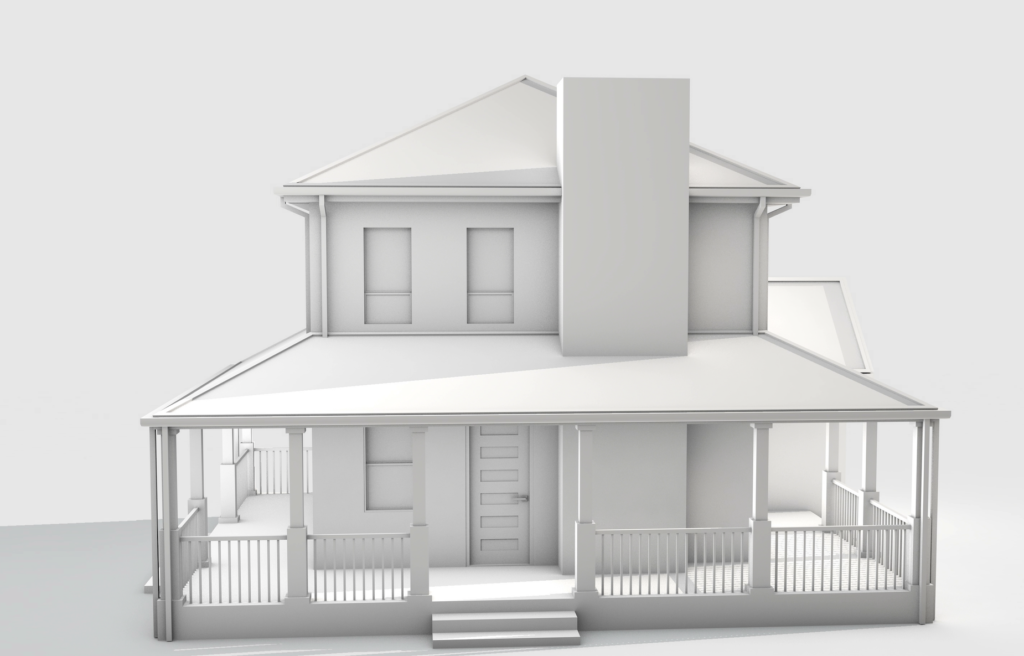SERVICES
MD Architecture’s interior design services are tailored to create visually stunning and functional spaces. Collaborating closely with clients, we bring expertise in colour schemes, furniture selection, lighting, and décor to design interiors that reflect individual preferences and lifestyles. Our team ensures a cohesive and harmonious design from concept development to space planning and material selection. With a focus on efficiency and aesthetics, MD Architecture transforms interiors into personalised and inviting environments.

Core Elements of Interior Design
Space Planning
Analysing and organising the available space to optimise functionality and flow.
Determining the placement of furniture, fixtures, and other elements to create a balanced and efficient layout.
Colour and Lighting
Selecting appropriate color schemes that align with the overall design concept and evoke the desired atmosphere.
Designing lighting solutions to enhance the space, considering both natural and artificial lighting sources.
Furniture and Furnishings
Choosing and arranging furniture to complement the design theme and meet the functional needs of the space.
Selecting fabrics, finishes, and accessories to enhance the overall aesthetic.
Texture and Materials
Incorporating a variety of textures and materials to add visual interest and tactile appeal.
Balancing the use of materials to create a cohesive and harmonious design.
Decoration and Accessories
Adding decorative elements and accessories to personalize the space.
Curating artwork, sculptures, and decorative items that contribute to the overall design concept.
Environmental Psychology
Considering the psychological and emotional impact of design choices on the occupants.
Creating spaces that promote well-being, productivity, and a positive experience.
Sustainability
Integrating eco-friendly and sustainable design practices when selecting materials and furnishings.
Incorporating energy-efficient lighting and other environmentally conscious solutions.
Initial Consultation
Understanding the client’s needs, preferences, and vision for the space.
Establishing project goals, budget, and timeline.
Concept Development
Creating design concepts that align with the client’s requirements and reflect the desired aesthetic.
Presenting mood boards, sketches, and visual representations of the proposed design.
Design Development
Refining the chosen concept with detailed plans, elevations, and specifications.
Collaborating with clients to ensure their input is integrated into the final design.
Documentation
Producing detailed drawings and specifications for contractors and builders.
Ensuring compliance with building codes and regulations.
Implementation
Overseeing the execution of the design plan during the construction or installation phase.
Collaborating with contractors, artisans, and vendors to bring the design to life.
Completion and Evaluation
Ensuring the final implementation aligns with the design intent.
Addressing any remaining details and conducting a final evaluation with the client.
Interior design is a dynamic field that combines creativity with practical considerations to enhance the quality of living and working spaces. Successful interior design not only reflects the client’s personality and preferences but also creates environments that are both functional and visually appealing.

